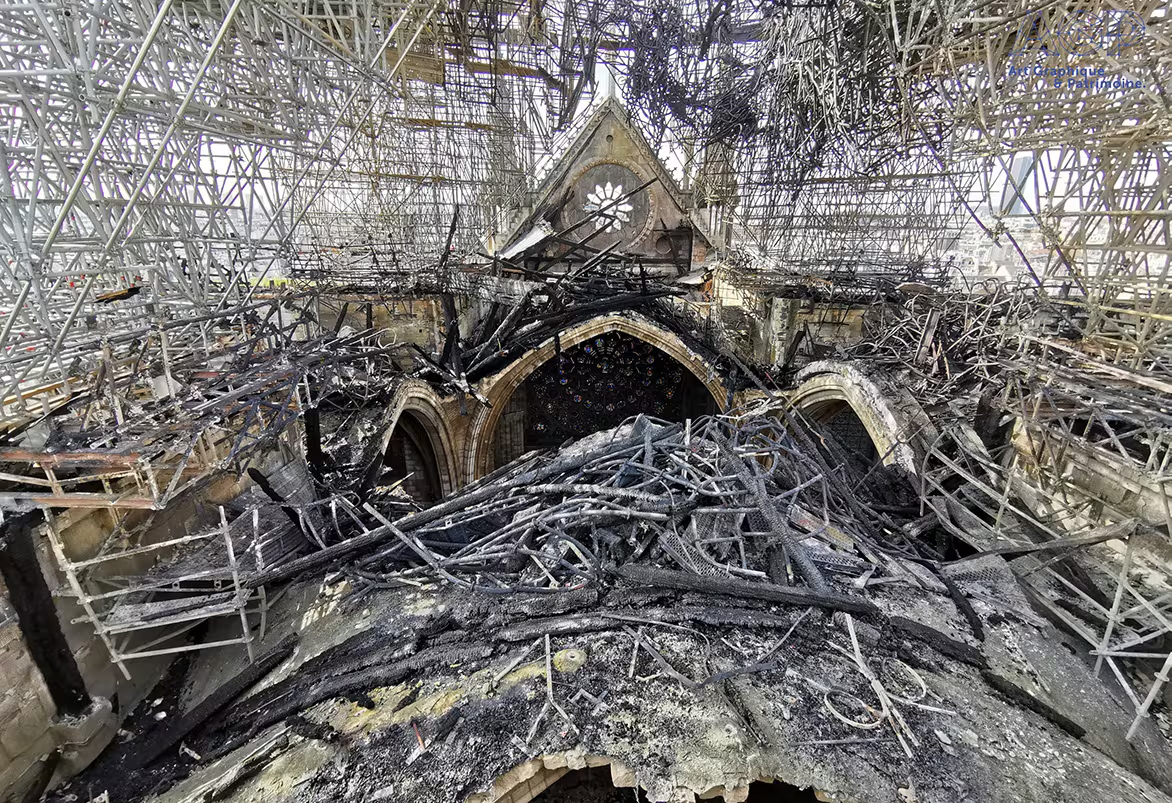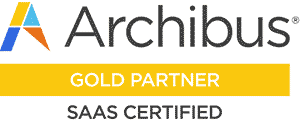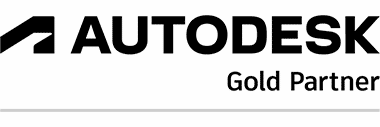
Cloud-Based Collaboration: The New Era of Architectural Teams
In an era where architectural teams are increasingly distributed and project timelines are tightening, the adoption of cloud-based collaboration tools has become essential. Cloud-based Building Information Modeling (BIM) is transforming the way architects, engineers, and other stakeholders interact with project data, offering unprecedented flexibility, efficiency, and transparency. By moving design workflows to the cloud, firms can break free from the constraints of traditional file-sharing methods and embrace a future where real-time collaboration is the norm.

At the heart of this transformation is the ability for multiple stakeholders to access, edit, and review the same digital model simultaneously—regardless of their location. This real-time interaction eliminates the delays and errors associated with outdated file versions and manual updates. Cloud-based BIM platforms, such as Autodesk BIM Collaborate Pro, enable teams to co-author models, track progress, and resolve issues in a unified environment. The result is a streamlined workflow that keeps everyone on the same page and reduces the risk of costly rework.
One of the most significant advantages of cloud-based collaboration is improved data accessibility. Team members can log in from any device with an internet connection, whether they are in the office, on-site, or working remotely. This flexibility is particularly valuable in today’s globalized work environment, where project teams often span multiple time zones and locations. Cloud storage solutions also provide robust data management features, including automatic backups, version control, and enhanced security measures, ensuring that project information is always up-to-date and protected.
Scalability is another key benefit of cloud-based BIM. As projects grow in complexity and size, cloud infrastructure can easily accommodate increased data and user demand. This scalability is cost-effective, as it eliminates the need for significant upfront investments in physical servers and IT infrastructure. Moreover, cloud solutions offer flexibility in terms of software updates and integrations, ensuring that users always have access to the latest features and improvements. This adaptability makes cloud-based BIM an attractive option for firms of all sizes.
Project transparency is greatly enhanced through cloud-based collaboration. All team members have visibility into issues, status updates, and communications, which fosters inclusion and problem-solving. Cloud platforms also provide a comprehensive issue trail, allowing teams to track feedback, evaluate processes, and maintain legal documentation. This level of transparency not only streamlines project management but also builds trust among stakeholders, ultimately leading to better project outcomes.
The integration of advanced analytical tools within cloud-based BIM platforms further empowers architectural teams. These tools can process large datasets quickly and efficiently, generating insights that optimize design, construction, and maintenance activities. For example, cloud-based BIM can facilitate energy performance simulations, structural analysis, and cost estimation, providing valuable information for decision-making. This analytical capability helps architects deliver more sustainable, efficient, and cost-effective designs.
Cloud-based collaboration also democratizes access to project information, enabling junior team members, consultants, and even clients to participate more actively in the design process. With intuitive feedback tools and easy-to-use interfaces, cloud platforms lower the barrier to entry for non-technical users, fostering a more inclusive and collaborative project culture. This shift not only accelerates timelines but also improves the quality of design outcomes by incorporating diverse perspectives and expertise.
As the architectural industry continues to evolve, cloud-based collaboration is poised to become the standard for project delivery. The ability to work together in real time, access data from anywhere, and leverage powerful analytical tools is reshaping the way architects approach their work. By embracing cloud-based BIM, firms can position themselves at the forefront of innovation, delivering better projects faster and more efficiently than ever before.
Getting Started with Cloud-Based Solutions: How Robotech CAD Solutions Can Help
For firms new to cloud-based collaboration, Robotech CAD Solutions offers comprehensive support to ensure a smooth transition. As an Autodesk Gold Partner and authorized training center, Robotech provides expert guidance on software selection, implementation, and best practices for cloud-based workflows. Their team delivers tailored training sessions, covering everything from basic setup to advanced coordination and issue management. With Robotech’s support, new users can quickly become proficient in platforms like Autodesk BIM Collaborate Pro, unlocking the full potential of cloud-based collaboration for their architectural projects.
If you would like to see a Demo or Learn More about how to incorporate Cloud-Based Solutions to your company, reach out to us over phone or email us at [email protected]

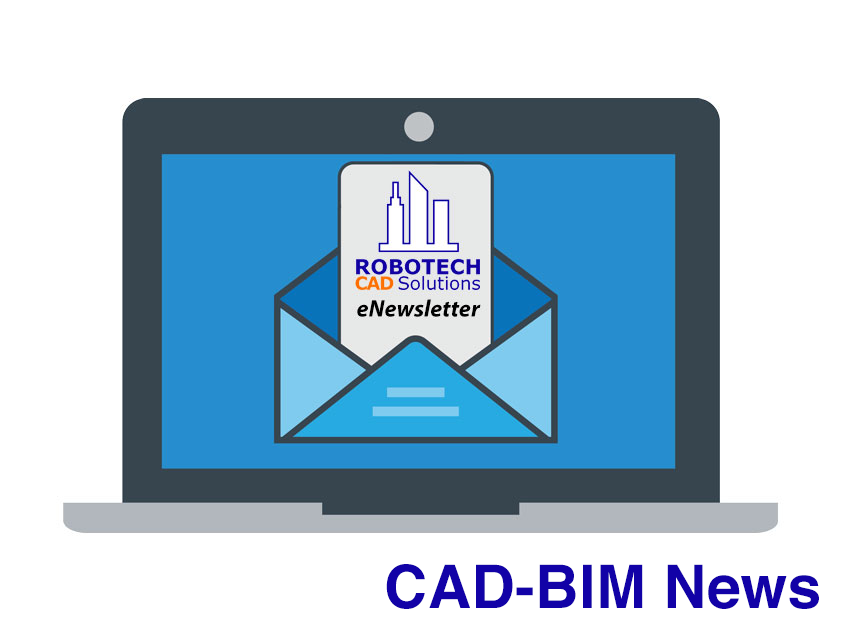
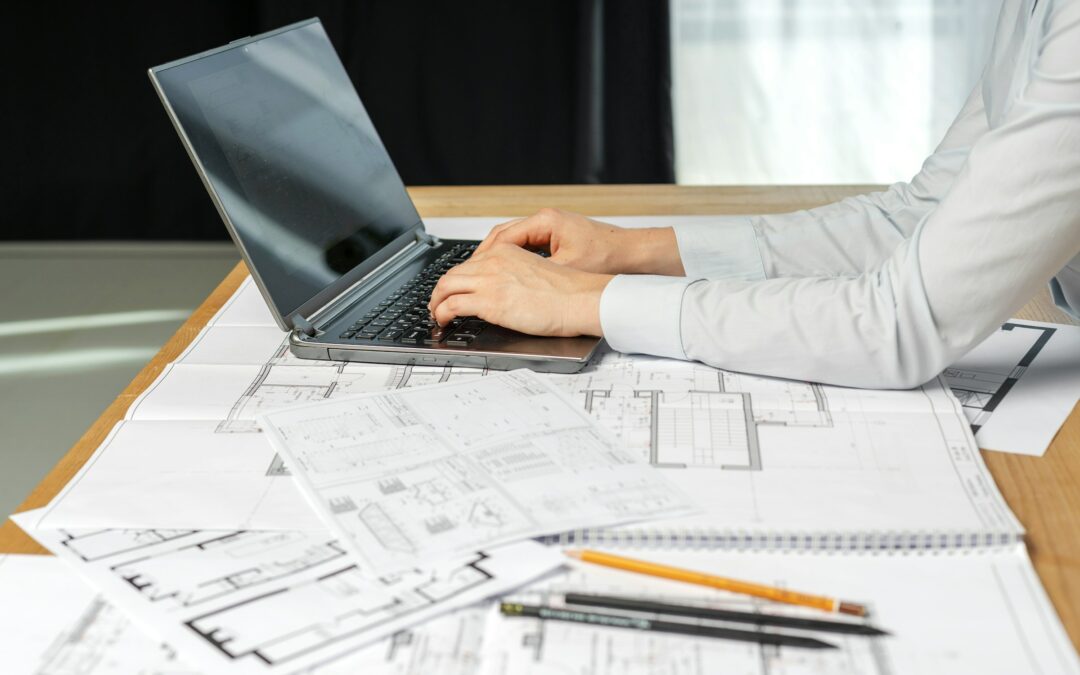
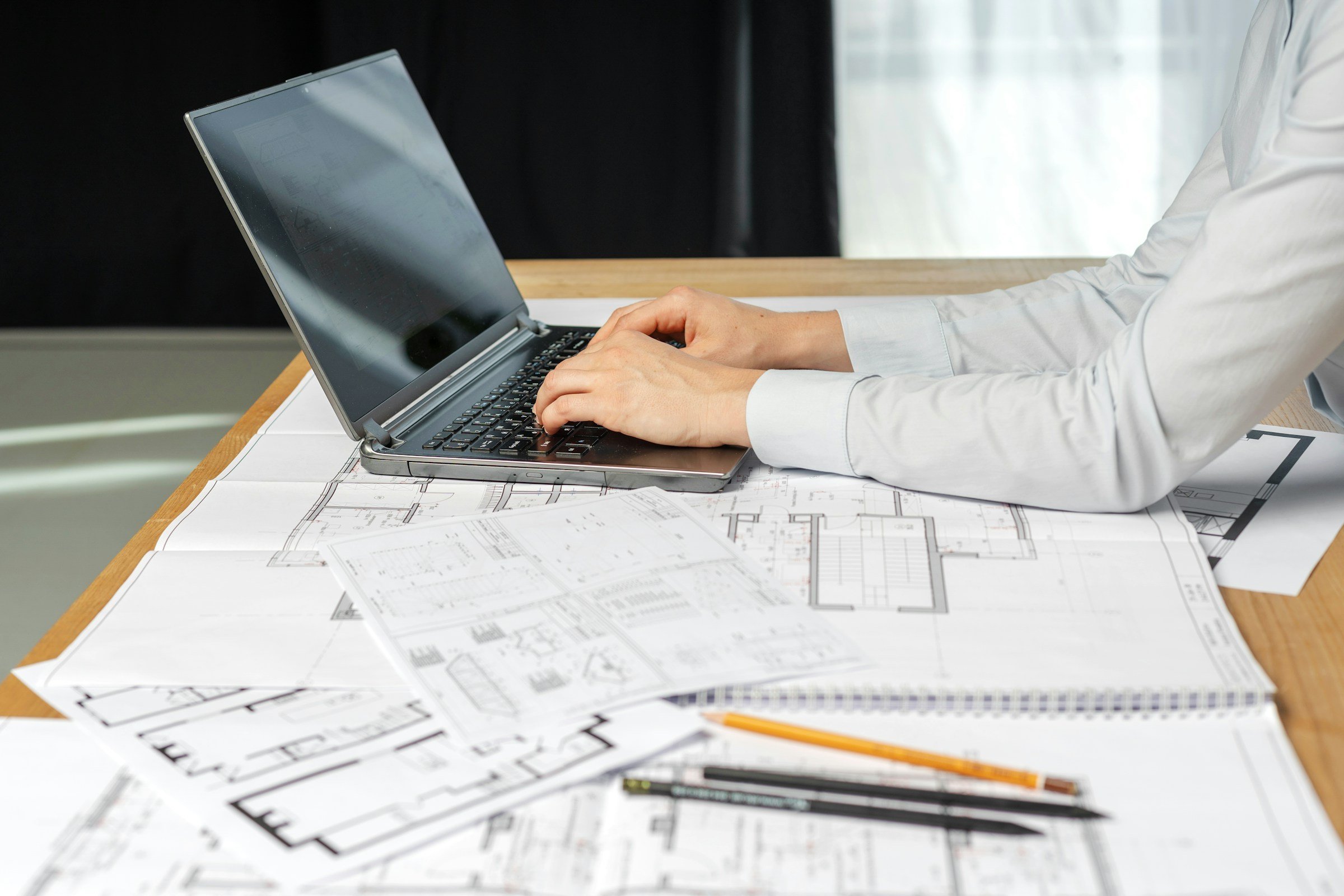



![How Gen Z is Shaping the Future of Sustainability [draft]](https://images.ctfassets.net/v7wr16nrr0mz/7jNQCCFBLoI5CsQjiZpd0e/de4e51852df53e3ca6765819cd5ba59b/gen-z-and-sustainability-internal-1-1920x1080.jpg?fm=webp)




